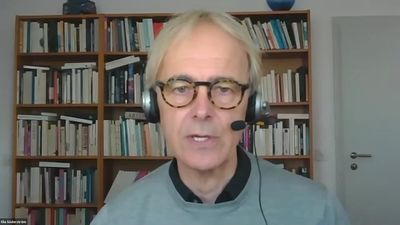Viral Archaeology: An Epidemiological History of Modern ArchitectureInes Weizman in conversation with Diana Alvarez Marin and Elli Mosayebi
Erupting towards the end of the Second World War, the Spanish Flu was the first truly global pandemic in modern history. Indeed, the speed of its spread around the world was accelerated by the newly opened air transport routes and other lines of trade and military supply. The pandemic has also preceded the emergence of modern architecture in the post WWI era. This lecture is the first chapter in a newly inaugurated project seeking to bring the current pandemic into architectural perspective. The story will start at the Bauhaus. The school so closely associated with clean polished surfaces, air and light – has found its first home in 1919 in a building that still housed a hospital for the war wounded, soldiers and medical staff, as well as for the victims of the flue. The patients in this hospital also brought together the war and the pandemic. Paradoxically, despite the difficult realities of its foundation, the school and the hospital might have been the unlikely alliance that helped to bring about a new movement. The Bauhaus’ hundred years history, as this talk aims to show, thus weaves together typologies and pathologies.


